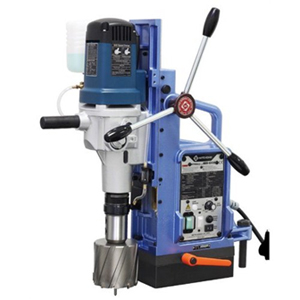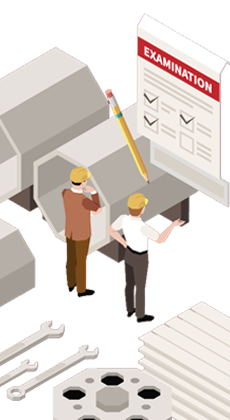Schedule a Call Back
Government boosts logistics digitally: Arvind Devaraj
 Articles
Articles- May 13,25
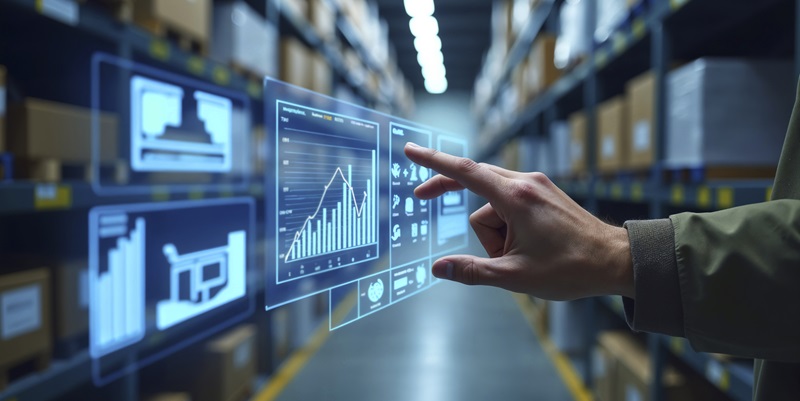
Related Stories

Robust investments boosted warehousing & logistics: Vestian
The share of engineering and manufacturing sector increased from 18 per cent in 2023 to 24 per cent in 2024, propelled by various government initiatives such as ‘Production Linked Incentive (PLI)�..
Read more
Government boosts logistics digitally: Arvind Devaraj
The use of technologies in logistics cannot be only the burden on the shoulders of government. For something to be created there should exist an environment consisting of private businesses, emergin..
Read more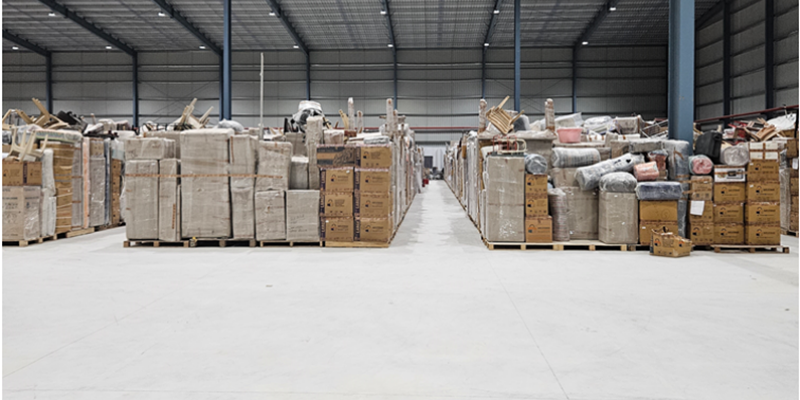
SafeStorage launches operations in Kolkata
SafeStorage actively manages 12,000+ customer storage units across 20+ warehouses in cities like Bengaluru, Mumbai, Delhi, Hyderabad, Pune, Chennai, and Coimbatore. Known for setting industry benchm..
Read moreRelated Products
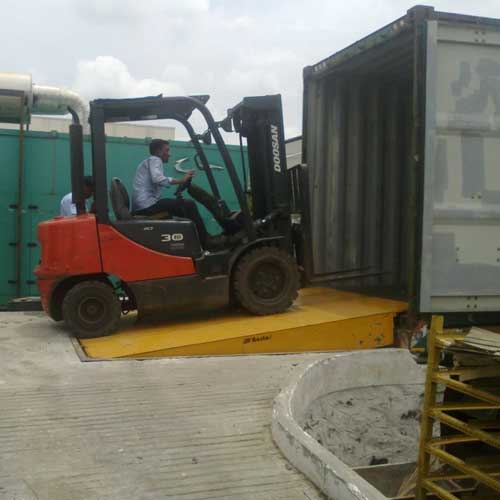
Dock Leveller
Besto Material Handling Equipments offers a wide range of dock leveller.
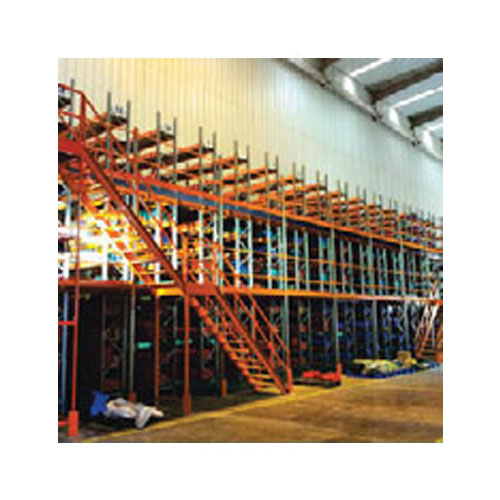
Multi Tire
SCI Storage Solution offers a wide range of multi tire.
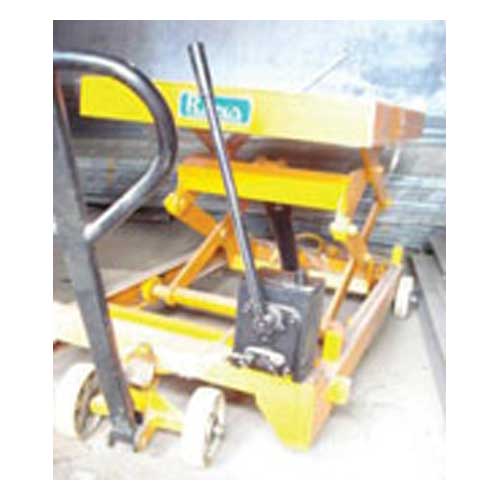
Industrial Lifting Equipment
Rana Material Handling Equipments Pvt Ltd offers a wide
range of industrial lifting equipment.









